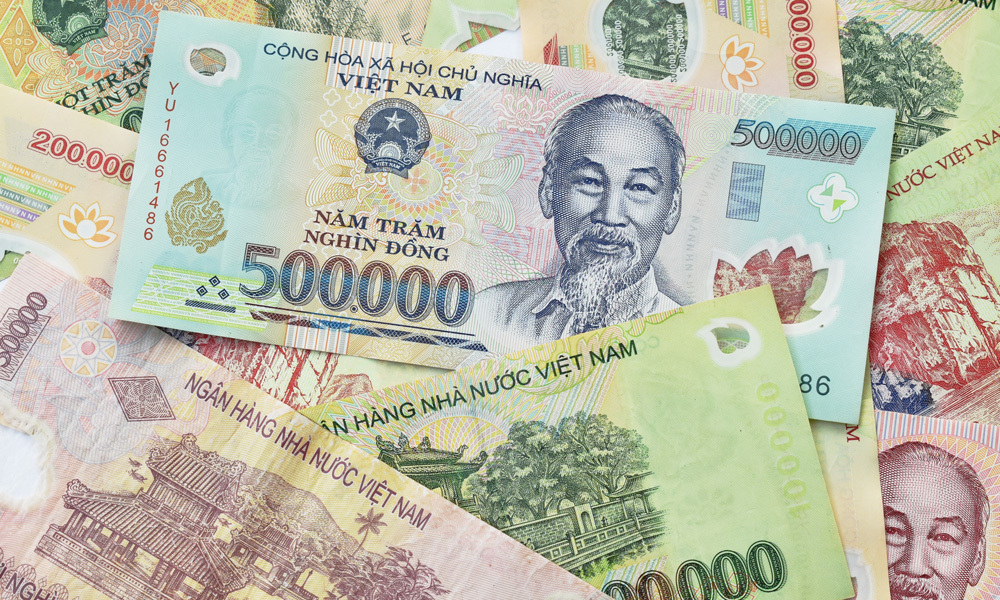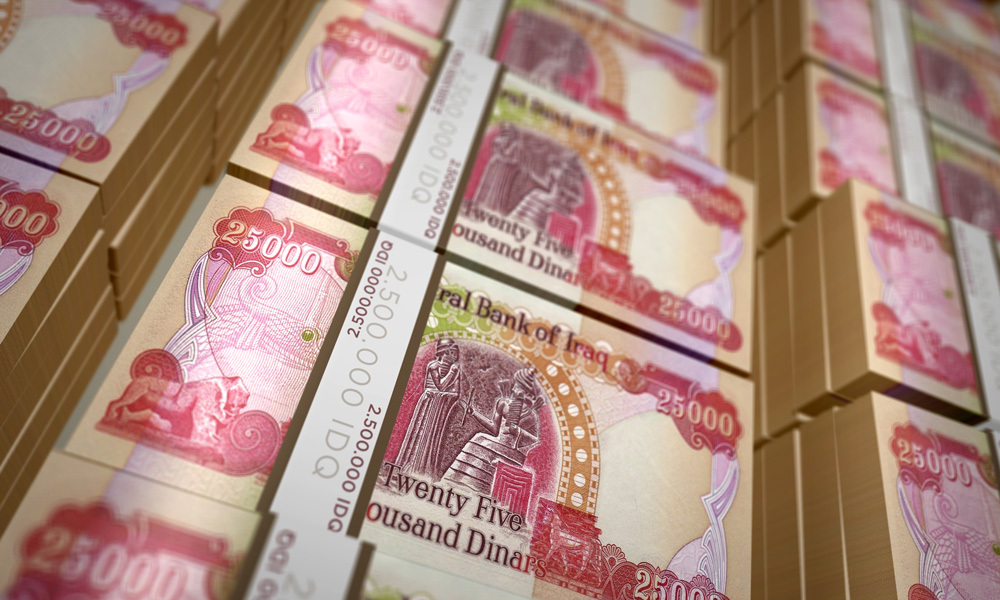On September 10 Heritage Auctions will present a Special Offering of Error Coins at an online-only auction. Focusing on minting errors on US coinage, 546 examples will go on the block in an unusual offering of a single type of collectible coin.
What are Error Coins?
Known as “mint errors” or “error coins,” these are coins with manufacturing flaws or actual mistakes such as a wrong date for a particular issue. Manufacturing mistakes can result from worn, defective, or misaligned dies. Mistakes can also occur as a result of mint workers trying to remedy a flaw unsuccessfully and failing to detect the error.
In order to be considered an error coin, the flaw must be in the original minting; other post-minting and after-strike damage can occur in a number of ways. It is not uncommon and doesn’t add to the collectible value of the coin; in fact, it probably lowers it.
Coin errors take many different forms, and some are more valuable than others. Older coins were more error-prone and more made it into circulation than modern coins, which are made with more sophisticated machinery and inspection techniques.
Even though modern errors are much rarer, older mistake coins are generally more highly sought by collectors, both for historical value and the fact that fewer survive. But some modern mistakes bring high prices, too, so it pays to always be on the lookout.
Why Collect Error Coins?
First of all, they can be fun. They can range from bizarre mis-strikes that result in three-legged horses to technical errors like wrong dates, missing mintmarks, or coins struck on the wrong blanks.
Second, they’re a specialty field with far fewer collectors, resulting in less competition than for pristine rarities.
And third, they encourage an in-depth understanding of the minting process, giving collectors an edge over other people who are just looking for pretty coins.
Here are some of the September auction’s highlights.
No D is a Double Deal
The 1922 cent was only struck at the Denver mint and some of those coins show two different mistakes. Because so much pressure was put on production, dies were used with much more wear on them than usual. To clean up a worn die, the mintmark was polished to the point it was too weak to register when the coins were struck with that die, resulting in what’s known as the 1922 No D Cent. The few remaining examples of that coin are valued as high as $55,000 in top condition.
In the rush to keep up with demand, a handful of coins were also struck off-center, adding even more to their collectible value. The September auction includes an off-center 1922 No-D cent graded Extra Fine 40. While similar properly stuck coins of that grade sell for around $1,400, the off-center coin is expected to garner bids well over $7,000.
Other Featured Coins
The auction also features three 1943 nickels mistakenly struck on steel one-cent blanks and a 2001 New York Statehood Quarter multi-struck on the end of a feeder finger causing most of the design to be missing.
Collecting Error Coins
There are thousands of error coins still in circulation, so if finding and collecting them appeals to you, learn as much as you can about the subject. There are books and articles available online, and there’s an organization called CONECA devoted to the education of error and variety coin collectors. Visit their website, conecaonline.org, for more information.



